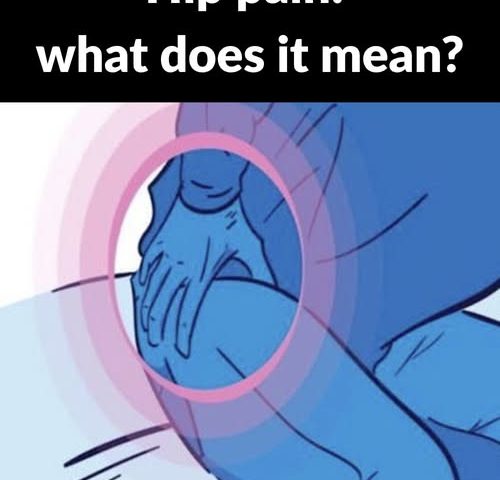Do you deal with bending over to tie your shoelaces, climbing stairs becomes an effort, and morning stiffness becomes a daily problem? These often clear signs may actually discover hip wear and tear, which is much more popular than you might think. Long confined to the elderly, it now affects more and more active adults from the ages of 35-40.
What exactly is a worn hip?

A “worn” hip means a deterioration of the articular cartilage, this protective tissue that prevents the bones from eroding against each other. When this cartilage drops off or disappears, the friction leads to pain, stiffness, and sometimes inflammation : this is osteoarthritis of the hip (or coxarthrosis).
The main causes?
A set of factors, often mixed:
- Genetic tendency: some families are more affected.
- Overweight: every extra kilo raises the load on the joint.
- Physical occupations or repeated sports: heavy work or repetitive movements boosts wear and tear.
- History of injuries (fractures, dislocations) or joint diseases such as polyarthritis.
Signs that should wa:rn you

- Morning stiffness that enhances with movement.
- Hip pain when walking, climbing stairs, or getting up.
- Difficulty putting on shoes, bending over.
- Rubbing or cracking sensation in the joint.
- Pains referred to the groin, thigh or knee.
- Muscle fatigue, balance problems, night pain or a feeling of heat in the hip .
Good news: you can live with a worn hip
There’s no need to wait until you’re in severe pain to make a move. Early diagnosis can decrease the progression of wear and tear and boost quality of life.
Here are some suggested solutions:
Relieve pain
Paracetamol or anti-inflammatories occasionally, always according to the advice of a healthcare professional.
Move… but gently

Suggested activities: swimming, cycling, regular walking on flat terrain.
Physical therapy sessions help enhance the muscles around the hip and keep good mobility.
Ease pressure on the joint
Losing a few pounds is often enough to significantly ease discomfort .
When pain becomes chronic…

Surgery (hip replacement) may be examined. Today, it is a popular and well-controlled procedure : more than 90% of patients regain lasting mobility for 10 to 15 years.
Listen to your body, act right now
Neglecting pain won’t make it go away. If you spot these symptoms, or if a loved one complains of them, visiting a doctor is the first step toward a more comfortable daily life.
